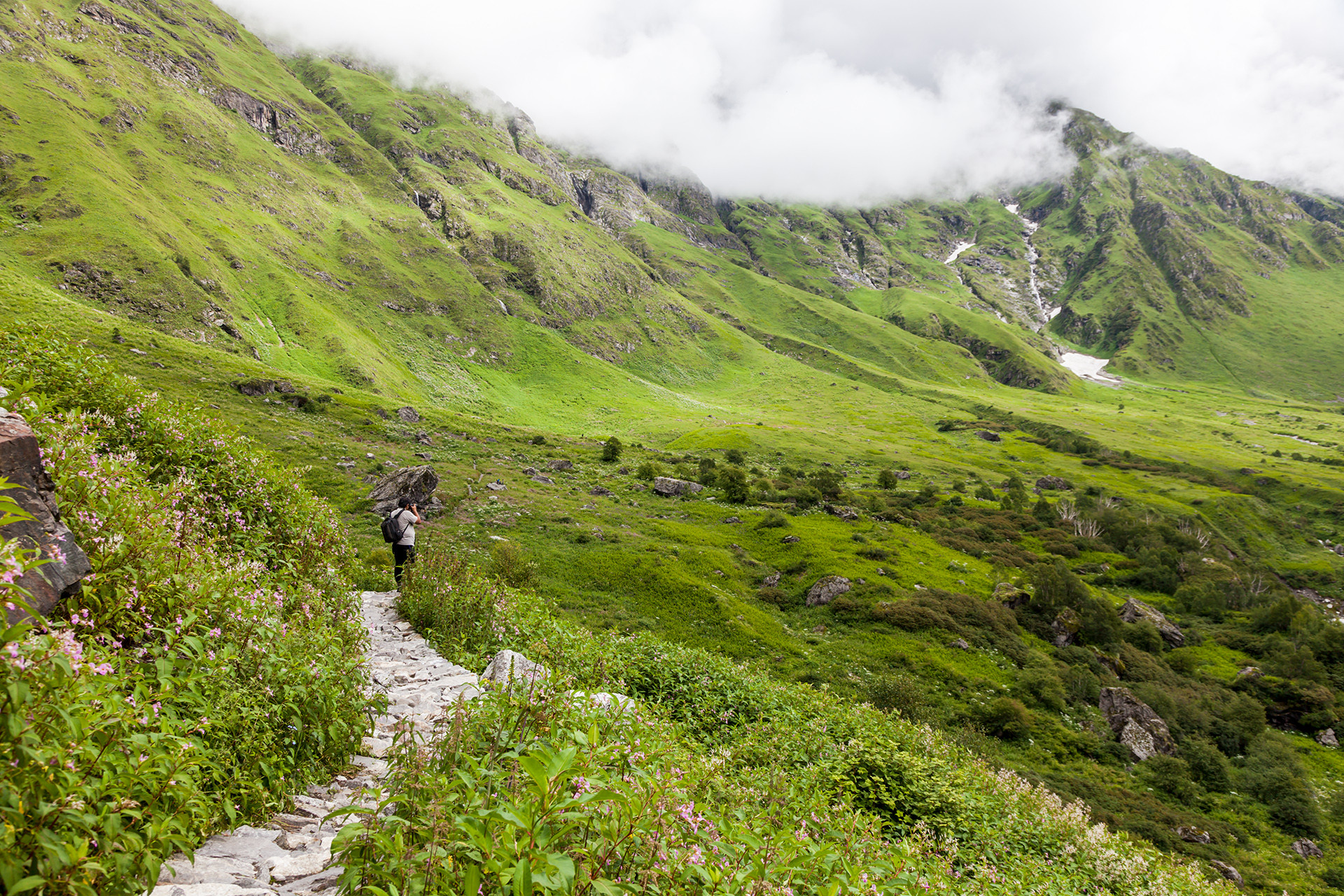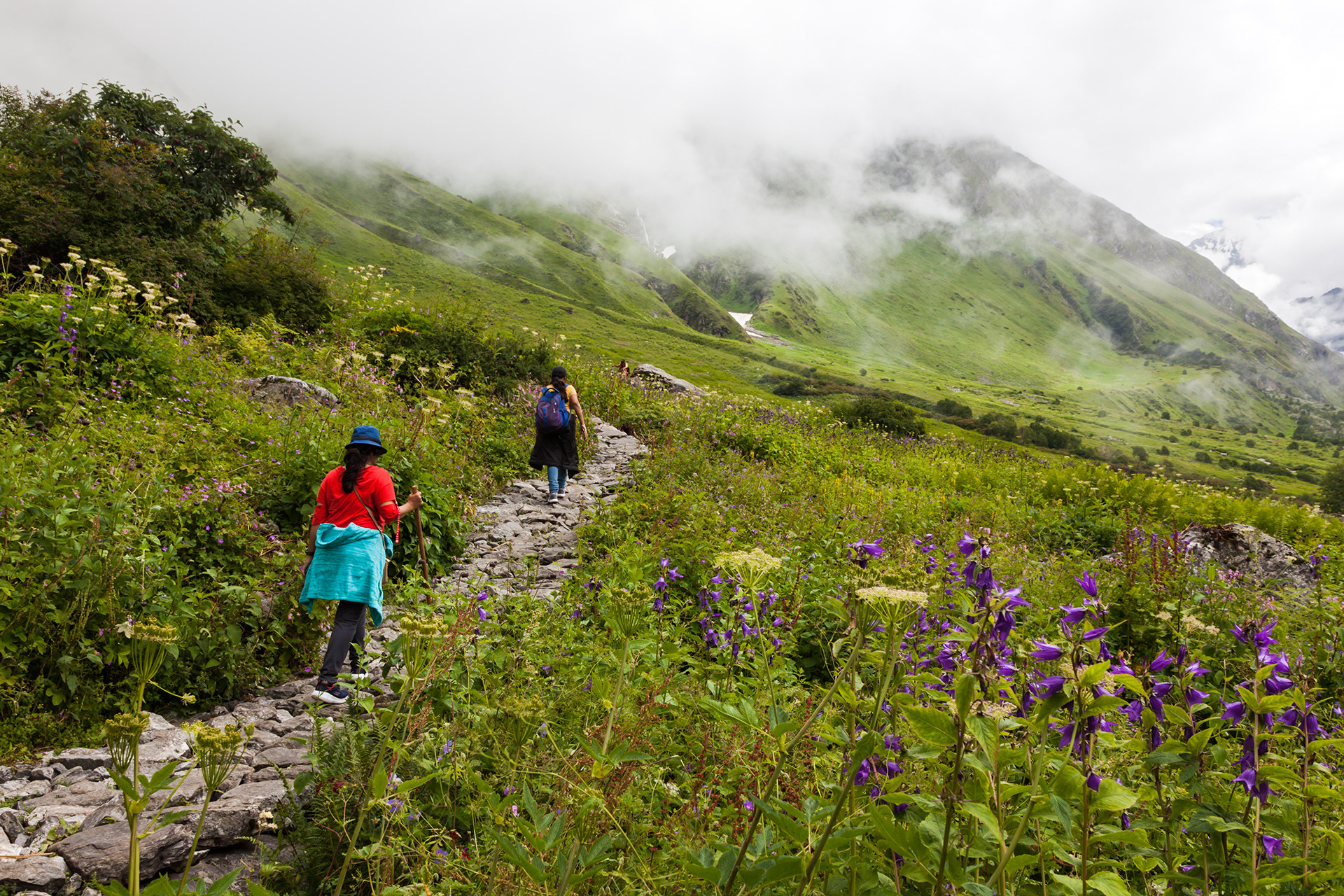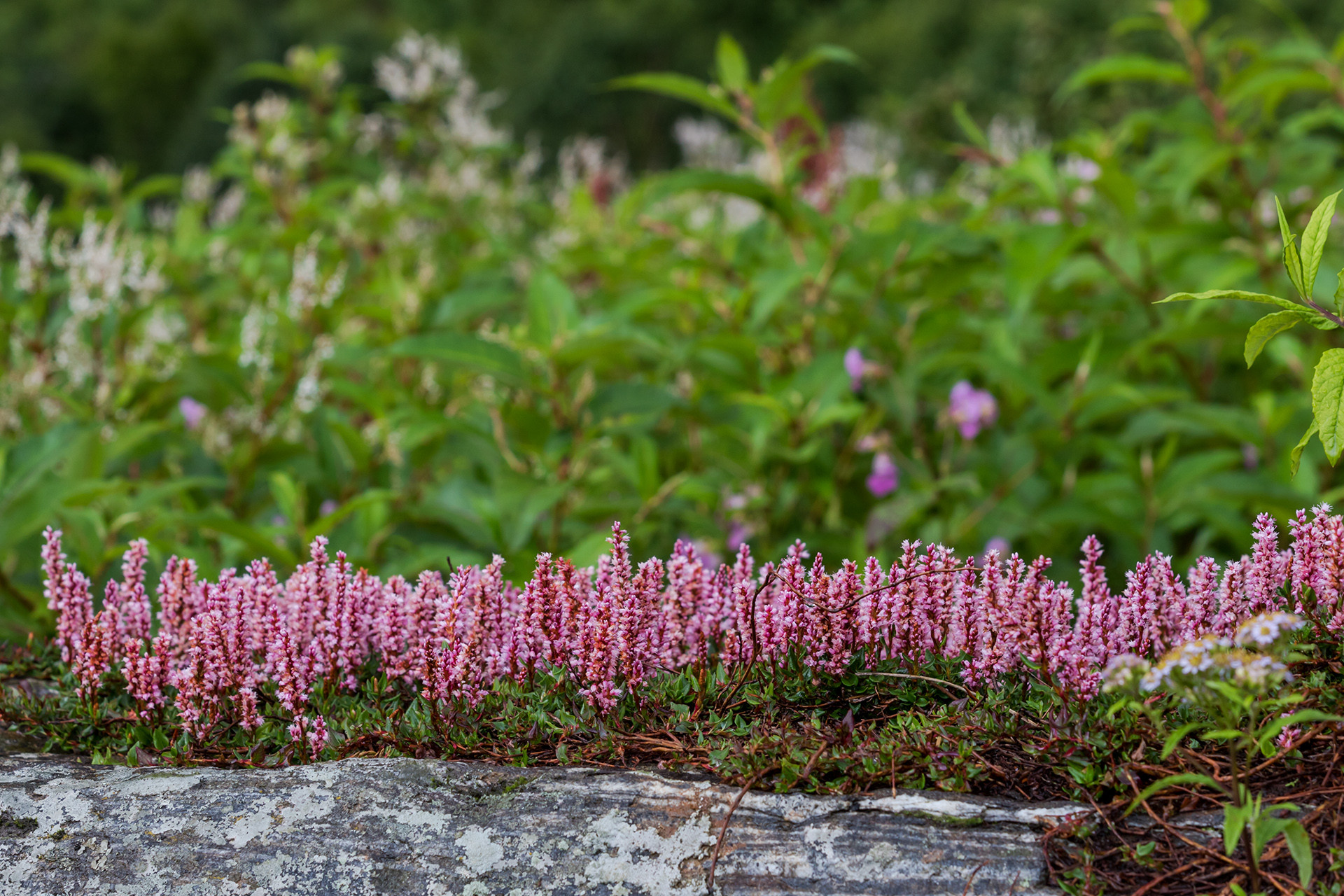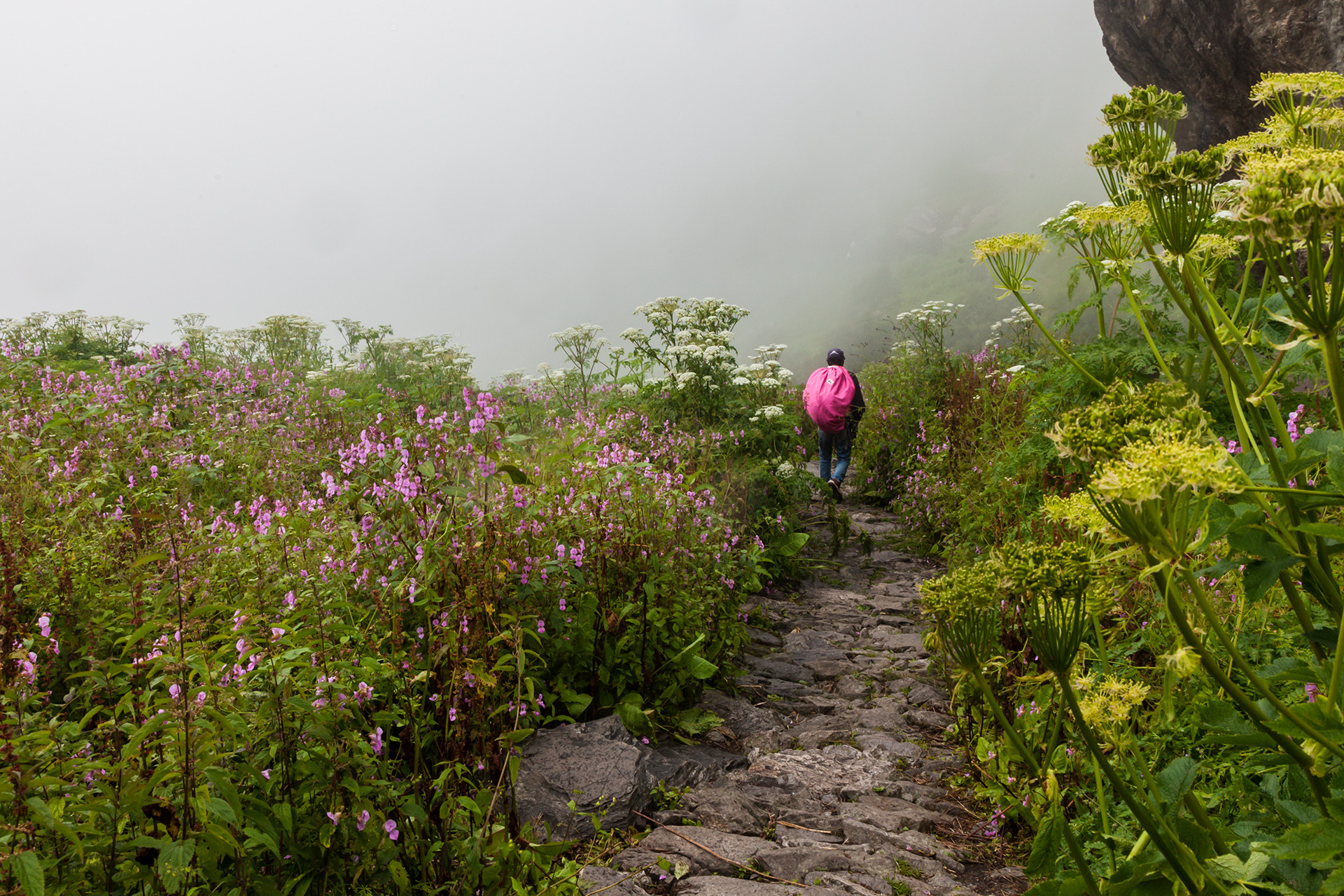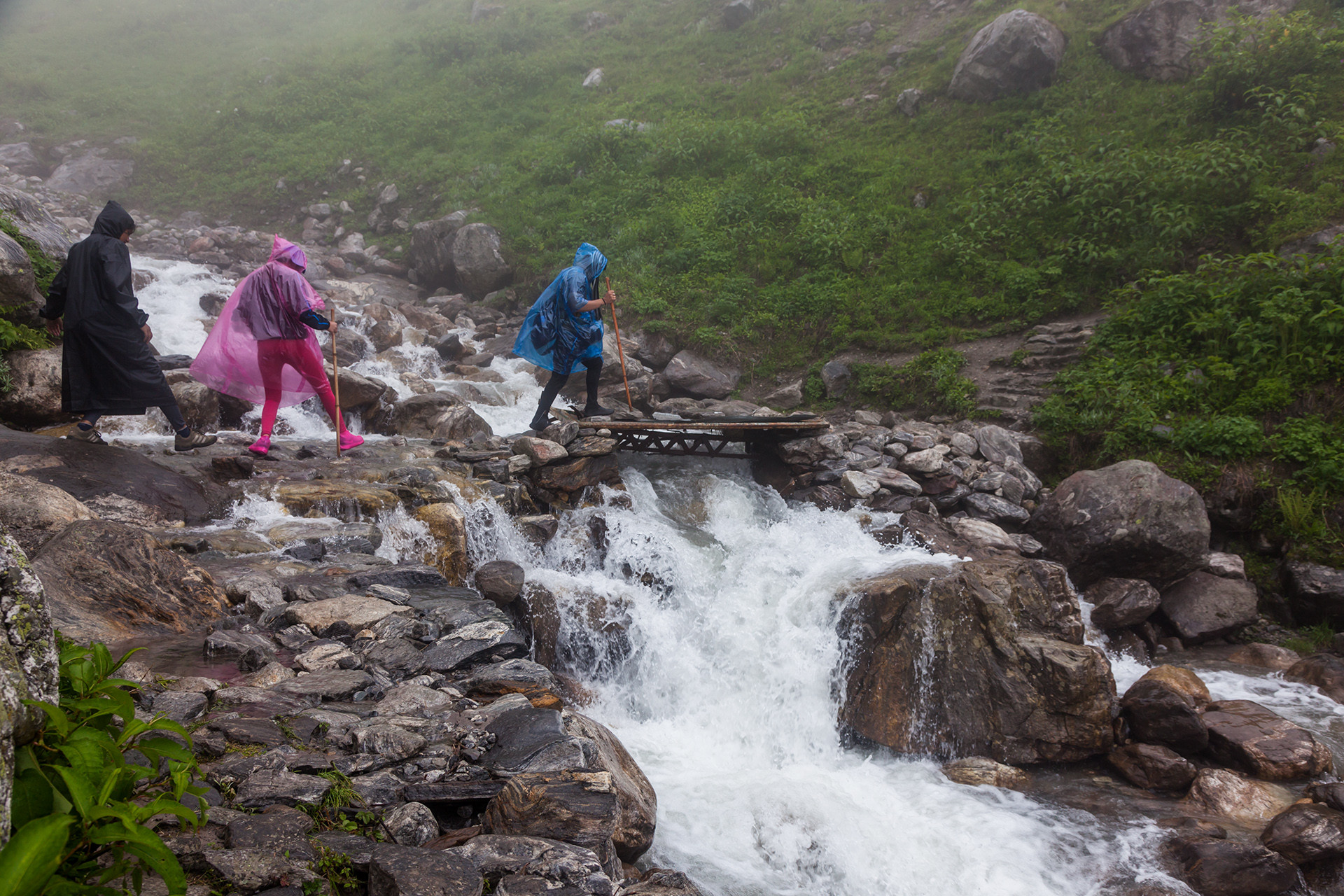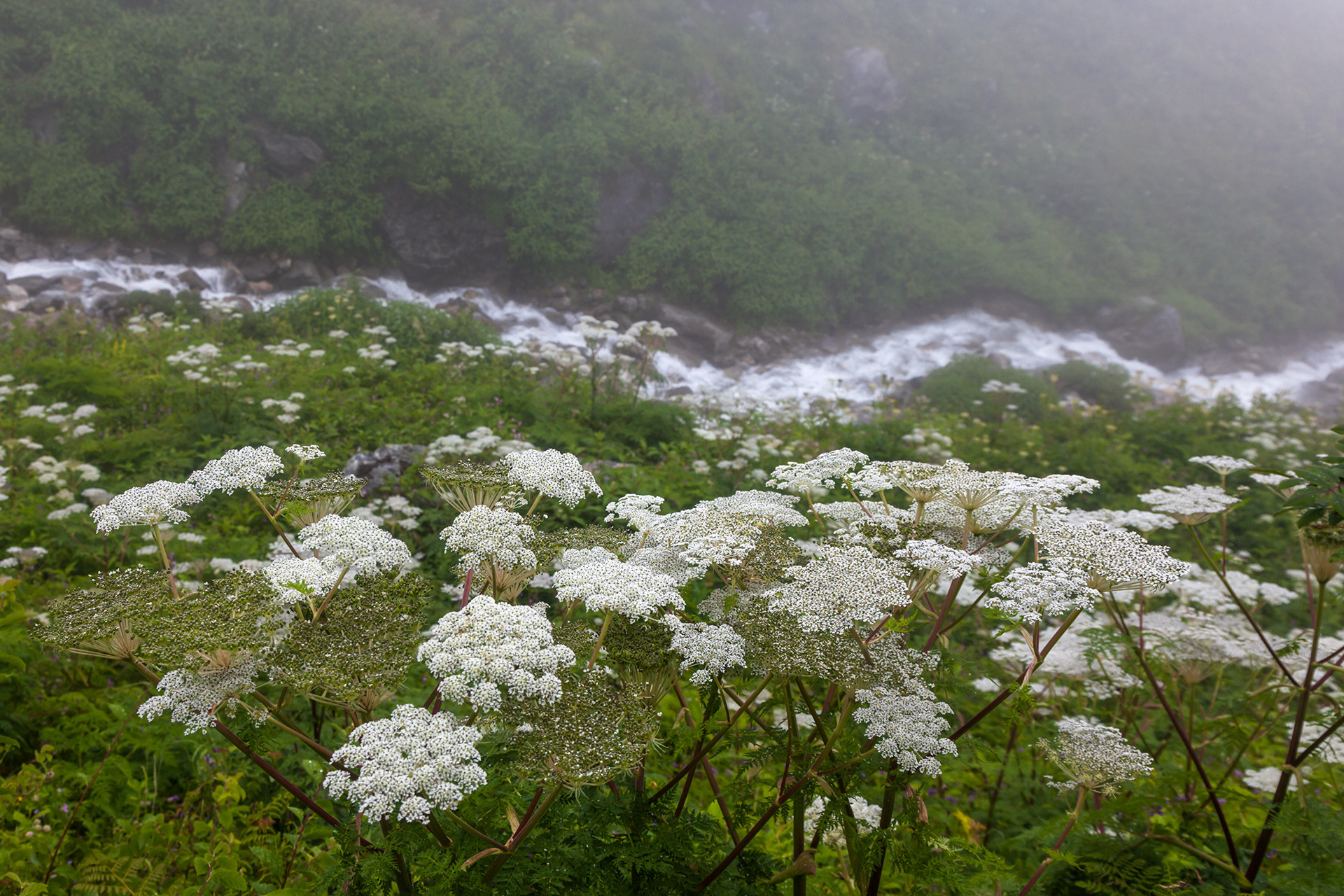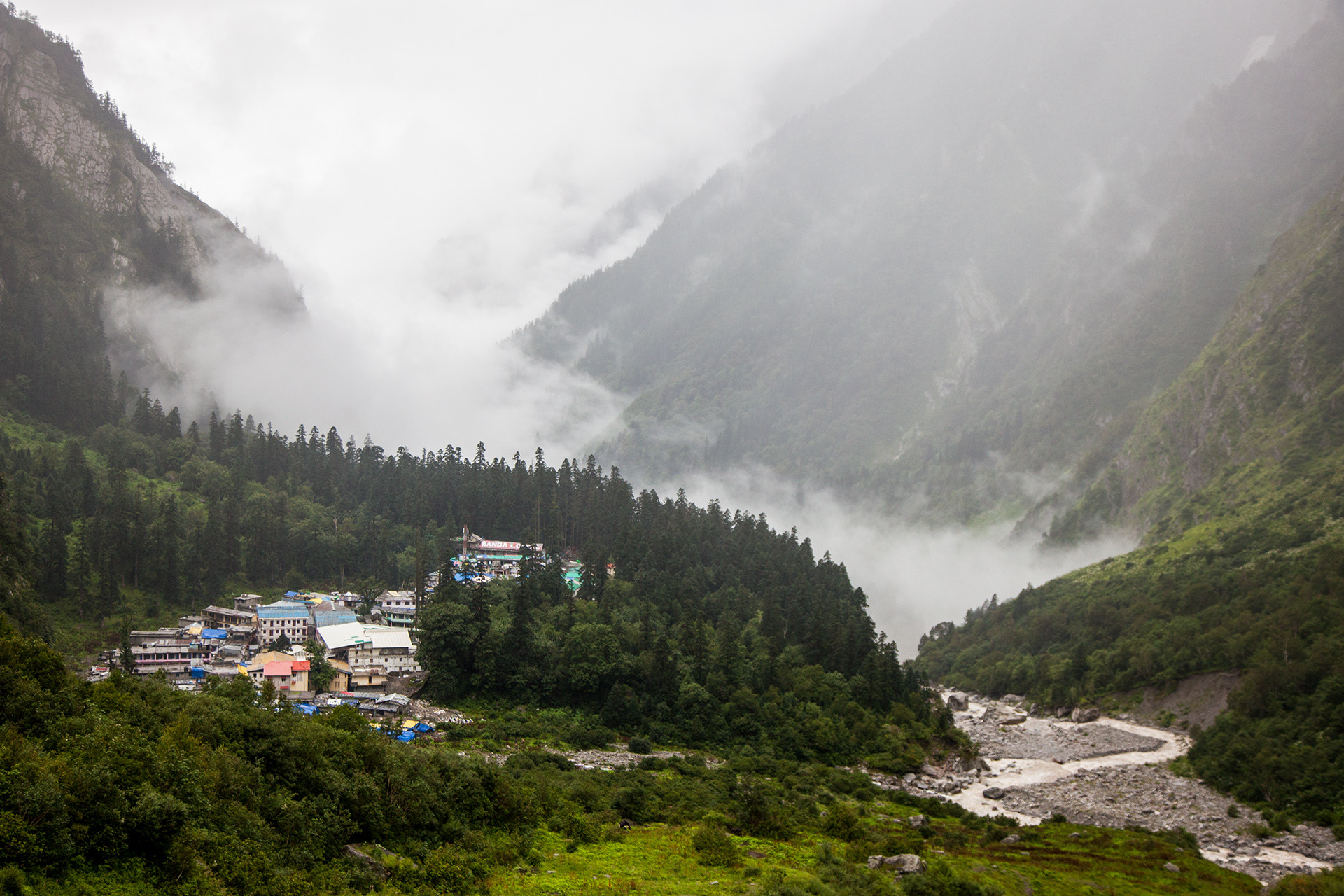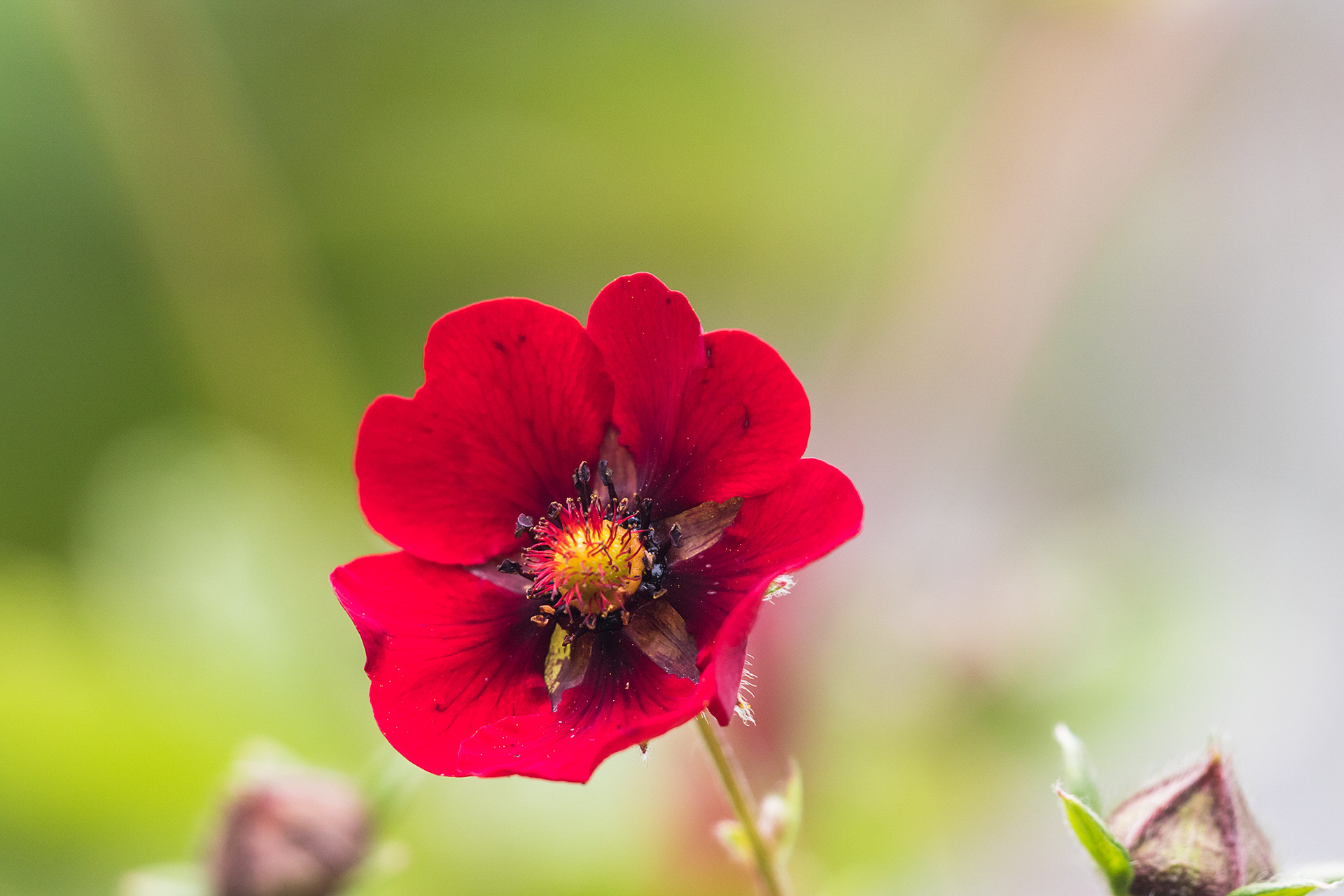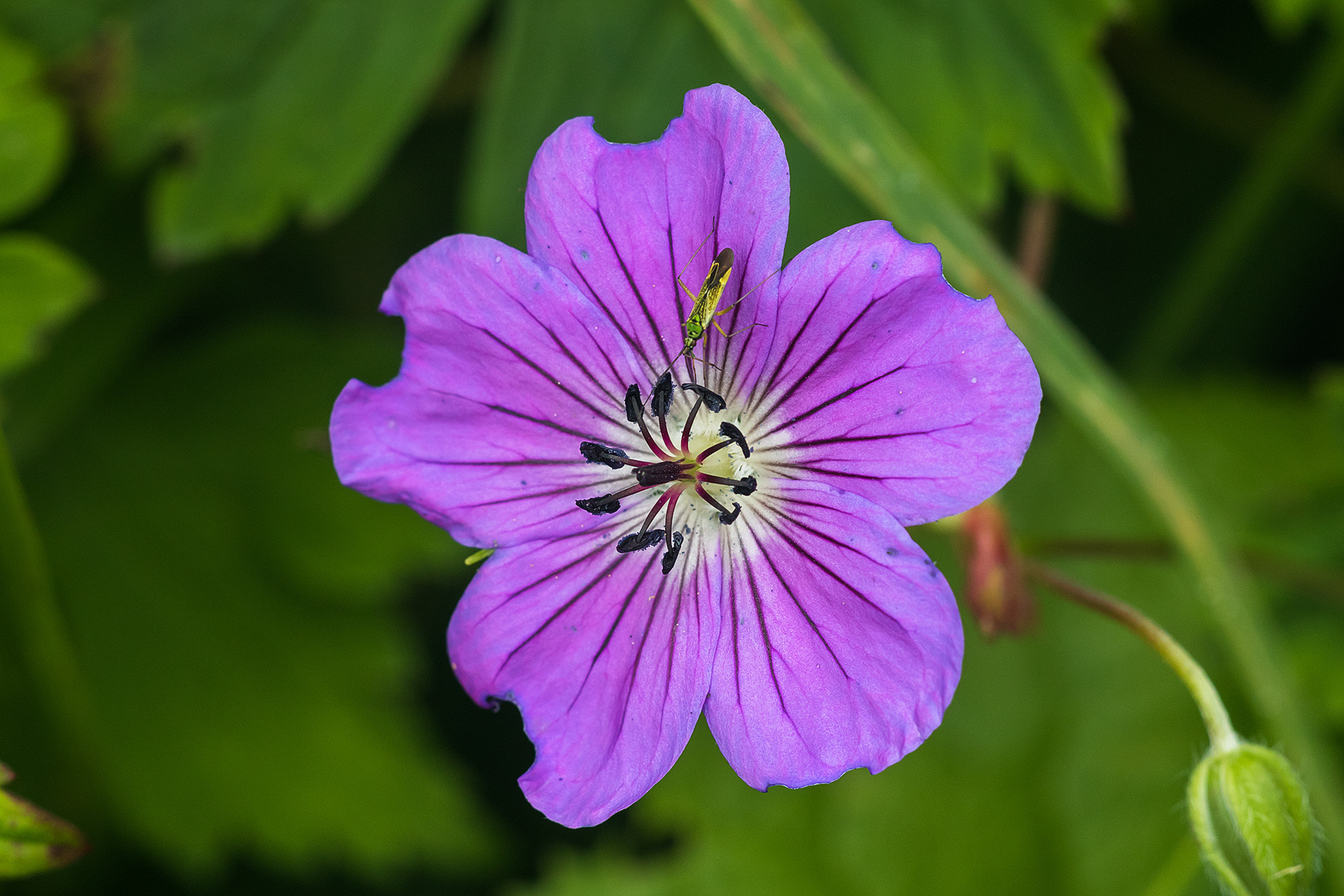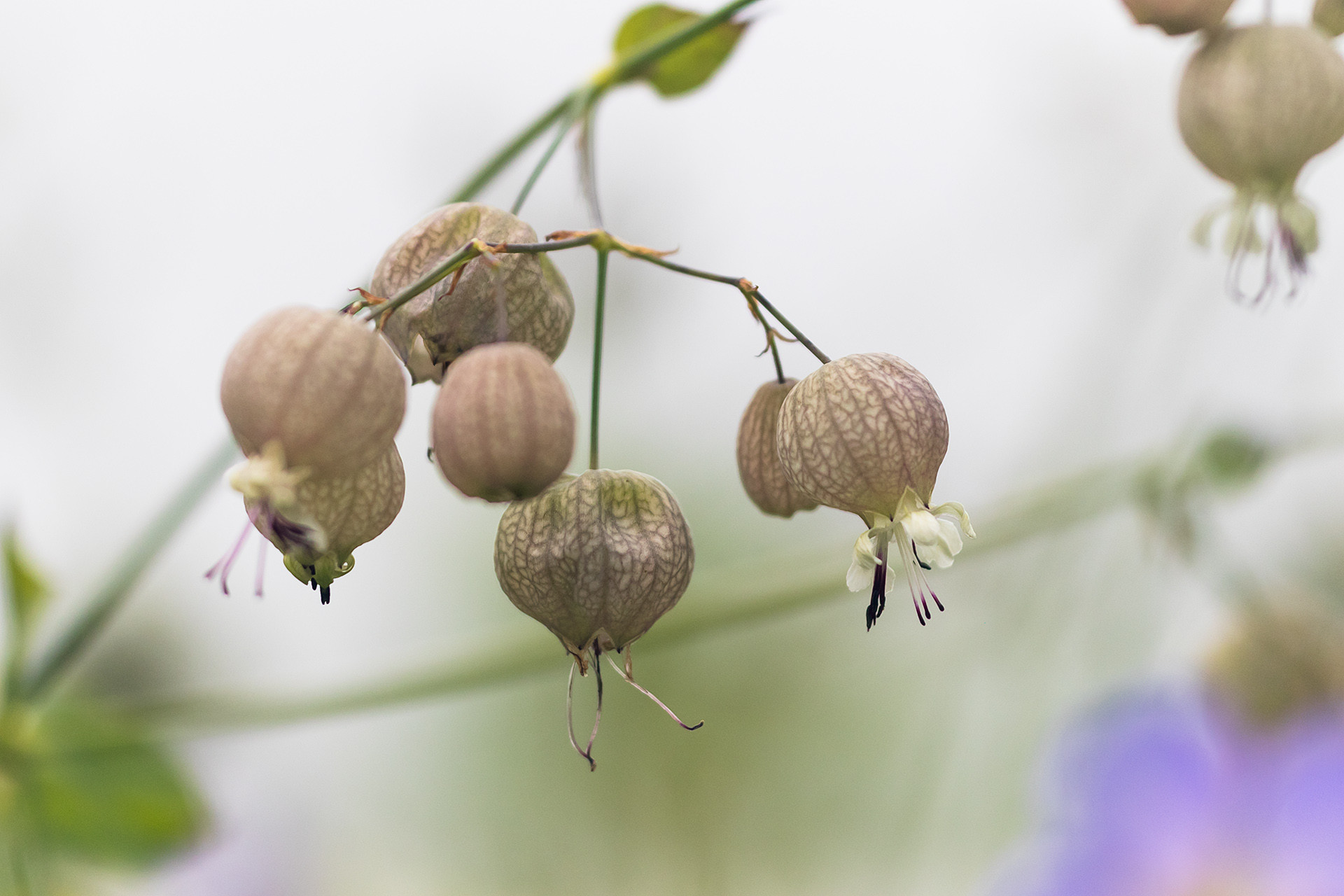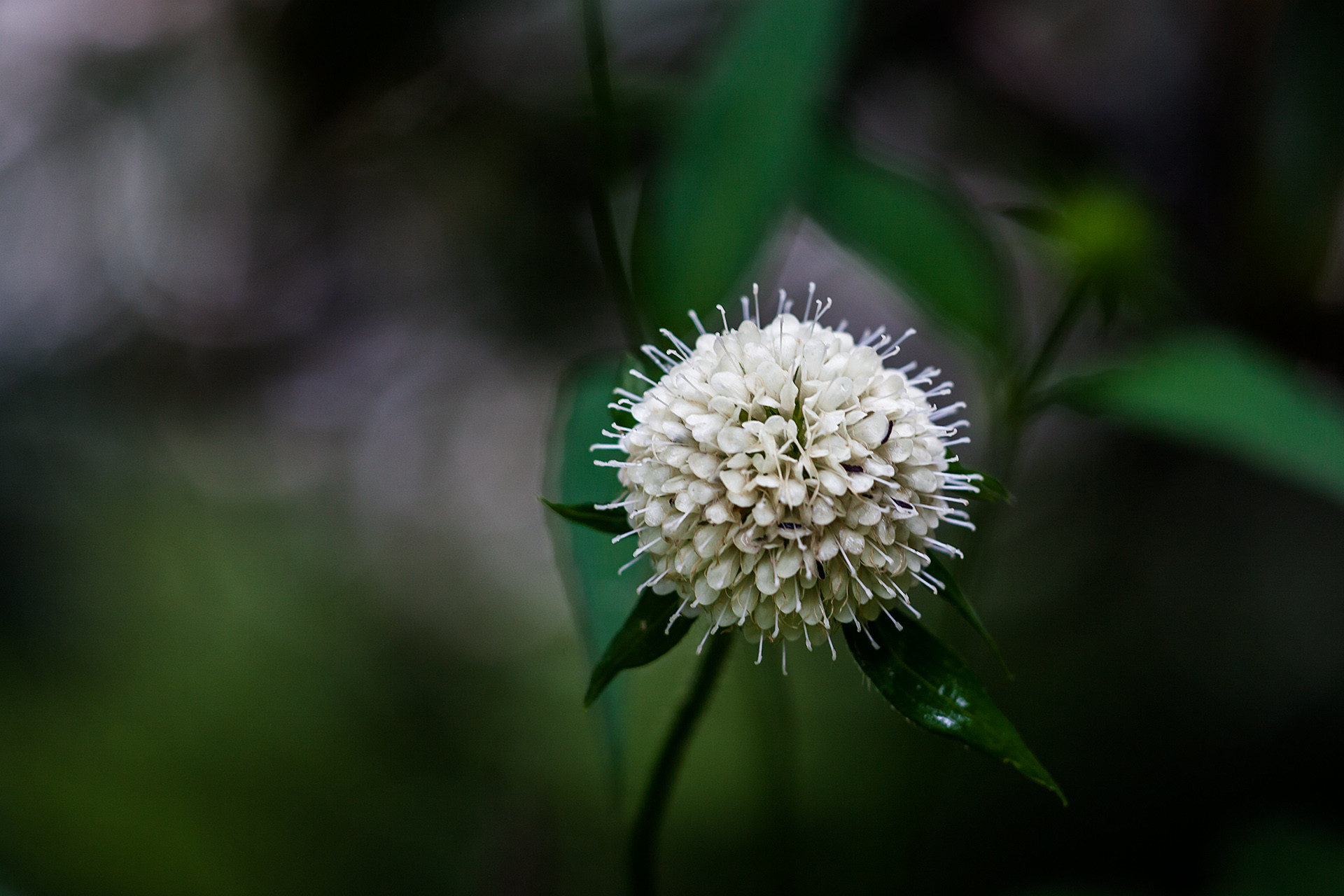In 1931, on the way back from a successful expedition to Mount Kamet, Frank Smythe, the legendary British explorer, accidentally stumbled upon a valley full of flowers, near Badrinath, a sacred pilgrimage site for Hindus. Richard Holdsworth, the botanist who had accompanied the expedition team, recognised the biodiversity of the flora, and years later, Frank returned to the valley to document and also collect seeds of these wildflowers.
Frank later wrote the very famous The Valley of Flowers which documented the flowers and his expedition to the region. The Bhyunder valley has since retained the name from the title of the book. As Frank mentions in his book, it was not possible to walk through the valley without stepping on flowers. For this very reason, the people of the Bhyunder village never ventured into the valley, believing that it to be the abode of fairies. In 1980, the Indian government notified it as a national park, barring mountaineering and grazing, to conserve the wild flora of the region.
The valley lies covered in snow for much of winter. During summer, when the snow melts, fed by the glacier, River Pushpawati flows through the valley dissecting the mountain into two. The monsoon clouds and the rain provide a break from the summer heat and create the perfect conditions for millions of dormant seeds to spring back to life. For a few months from July to September, the valley comes into full bloom, draped in shades of pink, white, green and yellow.
The valley and its surroundings and the Hemkund Sahib Gurudwara, a Sikh pilgrimage site, form the important habitats for the wild flora of this alpine region. By October, the valley turns into a green meadow, in preparation for the long winter and impending snow.
Reaching Bhyunder is not easy, as one has to trek from the nearest road, which leaves you at Govindghat, a small village at the confluence of River Alaknanda and its tributary Laxman Ganga. Govindghat is on the way to Badrinath, and is some 280km by road to Dehradun and Haridwar. The hills are always deceptive; though 280km doesn't sound like much, it takes 12-14 hours of perilous, backbreaking road journey in state transport buses or shared taxis.
The trek from Govindghat (1828m) is well-marked, thanks to the Hemkund Sahib Gurudwara, a prominent pilgrimage site. Shade afforded by the dense forest cover, all the flowers in bloom by the trekking route, the gurgling, meandering river and the small villages with tiny tea and snack shops make the hard climb bearable. A gruelling 14km hike takes you to Ghangaria (3049m), which acts as a base for both the pilgrims visiting Hemkund Sahib Gurudwara and nature lovers visiting the Valley of Flowers.
From Ghangaria to the Bhyunder valley (3650m), it is a 4km uphill climb. One has to start early in the morning (pay entry fees at the check post) and return by 5 pm; there are no food options and neither can you stay back. After crossing the Pushpawati river at the entrance of the valley, a steep hike of about 2km leads you to the carpeted meadows, crisscrossed by streams that flow down to the Pushpawati below. The makeshift wooden bridges and shallow waters are easy to traverse if one stays on the trail. Soak in the stunning vistas of faraway glaciers and walk another kilometre along the much-relaxed plateau; the forest cover slowly gives way to carpeted meadows in colours of red, pink, white and yellow.
For botany enthusiasts, to be in the Valley of Flowers is akin to a kid being let loose in a candy shop. The valley hosts around 600 plus species of flora with many endemic and rare varieties. The Himalayan Aster (Aster Albescens) that blooms in clutches of white, Himalayan Balsam (Impatiens sulcata) that overpowers with its pink and purple flowers, the red of Himalayan Cinquefoil (Potentilla argyrophylla) and the yellow of Cheerful Senecio (Senecio laetus). But, none of them can match the sight of Blue Poppy (Meconopsis aculeata) and Brahma Kamal (Saussurea obvallata) in full bloom. When I was there, both were in bloom at Hemkund, but alas, the rains laid waste to my plans of seeing them. The rains here can be relentless, and it is always a good idea to heed advice from the locals and the forest department before venturing out in the valley.
As with any Himalayan region, the rains here come unannounced, the weather changing from sunny to misty to rainy in no time. But all that hiking, soaking in your sweat and getting drenched in the rain – all of it becomes irrelevant the moment you enter the valley. The heady aroma of a million flowers, lush green meadows that extend as far as the eye can see and the soothing melody of River Pushpawati thundering below: the Valley of Flowers feels like something out of a fairy tale, almost surreal in its raw natural beauty.
